This is my favorite Christmas story and it has nothing to do with me, except my love of seeing people act as humans should.
It was called “The Great War” until a second such war caused it to be renamed World War I. It was brought about by nationalism crashing headlong into entangled alliances. All sides believed that—when war erupted across Europe in August, 1914—they would be “home for Christmas.”
The advances, however, ground to a halt and both sides dug trenches and a long war of attrition began. Sometimes the trenches between the lines were no more than 150 feet apart leaving a tiny strip of “No-Man’s Land.” For four long muddy, disease-riddled, shell-shocked, gas-poisoned years the war was at a stalemate with few gains and horrible losses.
It was the war that ruined Europe, especially seeing that this one was the direct cause of the next one. This one witnessed almost 30 million casualties—8 ½ million dead, 21 million wounded.
By that first Christmas of the war in December, 1914, the soldiers in the trenches were already sick and weary. They were stuck in vermin-filled and water-logged trenches. They were hungry and freezing and away from loved ones in those barbed-wire-entangled trenches of Flanders fields in Belgium.
There were new innovations in war; machine-guns barked out deaths by the dozens, mustard gas was sprayed across the open fields to blister the lungs and flesh of the enemy, huge artillery pieces like “Big Bertha” lobbed huge shells from miles and miles away, and even the skies were no longer a place to look for something peaceful as “aero planes” dropped bombs from flying crates. There was simply no respite from the carnage.
Pope Benedict XV proposed a Christmas cease-fire and both the Allies and the Central Powers rejected the very notion of such a thing. The killing would go on. But human decency must sometimes reject the horrors enforced upon itself by those in command.
On Christmas Eve, the German soldiers—having received Christmas boxes with gifts of small trees and candles—placed the Christmas trees atop the gun parapets and lit the candles on those trees. The German soldiers then began to sing Christmas carols.
Although the British soldiers (and in some cases, Belgian and French soldiers) didn’t understand the German lyrics, they certainly knew the tunes. As the Germans sang Stille Nacht, the British sang Silent Night.
By Christmas morning, “No-Man’s Land” was the scene of soldiers from both sides coming out of their trenches. They shared chocolates and smokes and treats from home. The soldiers from both sides brought out photos of their sweethearts or parents or children and shared them with each other.
They also buried each others’ dead between the lines and sang together solemn hymns.
According to the official war diary of the 133rd Saxon Regiment, "Tommy (British) and Fritz (Germans)" kicked about a real football supplied by a Scot. "This developed into a regulation football match with caps casually laid out as goals. The frozen ground was no great matter ... The game ended 3-2 for Fritz."
The truce lasted until New Year’s Day. Both British and German officers ordered their troops to resume the fighting but it was seen clearly that these soldiers could not now kill the men whose wives and girlfriends and children they had seen in photos and had learned their names and had shared in Christmas songs and treats. They were threatened with courts-martial and punishment. According to British Pvt. Percy Jones of the Westminster Brigade, they parted "with much hand-shaking and mutual goodwill."
The soldiers could not, would not fight each other again. The only solution was mass transfers of entire units. British units were moved miles down the line and Germans moved farther up the line, so they could once again be ordered to fight against the strangers in the opposite trench.
Stanley Weintraub, author of Silent Night: The Story of the World War I Christmas Truce, described it in great detail and his book is certainly worth reading. He wrote: “However much the momentary peace of 1914 evidenced the desire of the combatants to live in amity with one another, it was doomed from the start by the realities beyond the trenches.”
“The Christmas Truce” is a sweet celebration of the human heart and the tragic absurdities of war. A virtually unknown Scottish poet from the Great War named Frederick Niven said it so well in his splendid poem A Carol from Flanders. He closed with these lines,
O ye who read this truthful rime
From Flanders, kneel and say:
God speed the time when every day
Shall be as Christmas Day.
It was called “The Great War” until a second such war caused it to be renamed World War I. It was brought about by nationalism crashing headlong into entangled alliances. All sides believed that—when war erupted across Europe in August, 1914—they would be “home for Christmas.”
The advances, however, ground to a halt and both sides dug trenches and a long war of attrition began. Sometimes the trenches between the lines were no more than 150 feet apart leaving a tiny strip of “No-Man’s Land.” For four long muddy, disease-riddled, shell-shocked, gas-poisoned years the war was at a stalemate with few gains and horrible losses.
It was the war that ruined Europe, especially seeing that this one was the direct cause of the next one. This one witnessed almost 30 million casualties—8 ½ million dead, 21 million wounded.
By that first Christmas of the war in December, 1914, the soldiers in the trenches were already sick and weary. They were stuck in vermin-filled and water-logged trenches. They were hungry and freezing and away from loved ones in those barbed-wire-entangled trenches of Flanders fields in Belgium.
There were new innovations in war; machine-guns barked out deaths by the dozens, mustard gas was sprayed across the open fields to blister the lungs and flesh of the enemy, huge artillery pieces like “Big Bertha” lobbed huge shells from miles and miles away, and even the skies were no longer a place to look for something peaceful as “aero planes” dropped bombs from flying crates. There was simply no respite from the carnage.
Pope Benedict XV proposed a Christmas cease-fire and both the Allies and the Central Powers rejected the very notion of such a thing. The killing would go on. But human decency must sometimes reject the horrors enforced upon itself by those in command.
On Christmas Eve, the German soldiers—having received Christmas boxes with gifts of small trees and candles—placed the Christmas trees atop the gun parapets and lit the candles on those trees. The German soldiers then began to sing Christmas carols.
Although the British soldiers (and in some cases, Belgian and French soldiers) didn’t understand the German lyrics, they certainly knew the tunes. As the Germans sang Stille Nacht, the British sang Silent Night.
By Christmas morning, “No-Man’s Land” was the scene of soldiers from both sides coming out of their trenches. They shared chocolates and smokes and treats from home. The soldiers from both sides brought out photos of their sweethearts or parents or children and shared them with each other.
They also buried each others’ dead between the lines and sang together solemn hymns.
According to the official war diary of the 133rd Saxon Regiment, "Tommy (British) and Fritz (Germans)" kicked about a real football supplied by a Scot. "This developed into a regulation football match with caps casually laid out as goals. The frozen ground was no great matter ... The game ended 3-2 for Fritz."
The truce lasted until New Year’s Day. Both British and German officers ordered their troops to resume the fighting but it was seen clearly that these soldiers could not now kill the men whose wives and girlfriends and children they had seen in photos and had learned their names and had shared in Christmas songs and treats. They were threatened with courts-martial and punishment. According to British Pvt. Percy Jones of the Westminster Brigade, they parted "with much hand-shaking and mutual goodwill."
The soldiers could not, would not fight each other again. The only solution was mass transfers of entire units. British units were moved miles down the line and Germans moved farther up the line, so they could once again be ordered to fight against the strangers in the opposite trench.
Stanley Weintraub, author of Silent Night: The Story of the World War I Christmas Truce, described it in great detail and his book is certainly worth reading. He wrote: “However much the momentary peace of 1914 evidenced the desire of the combatants to live in amity with one another, it was doomed from the start by the realities beyond the trenches.”
“The Christmas Truce” is a sweet celebration of the human heart and the tragic absurdities of war. A virtually unknown Scottish poet from the Great War named Frederick Niven said it so well in his splendid poem A Carol from Flanders. He closed with these lines,
O ye who read this truthful rime
From Flanders, kneel and say:
God speed the time when every day
Shall be as Christmas Day.
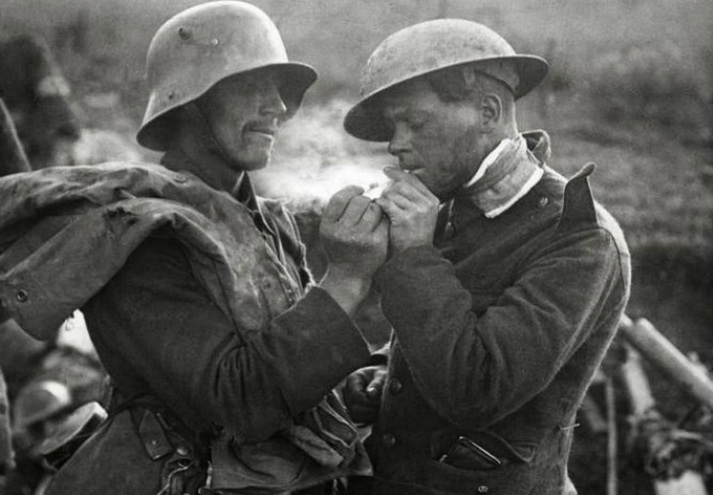
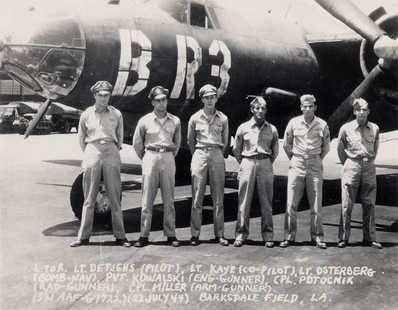
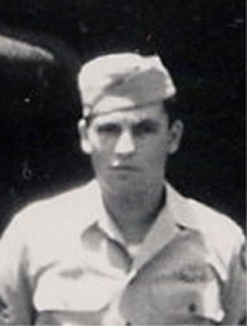
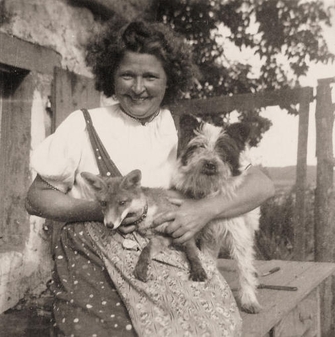
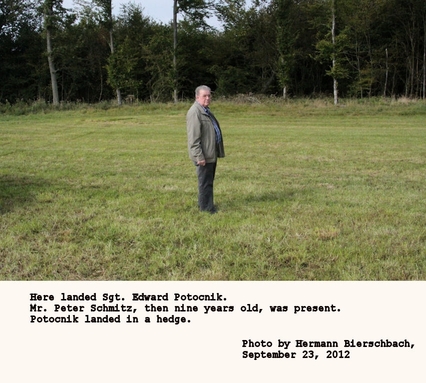
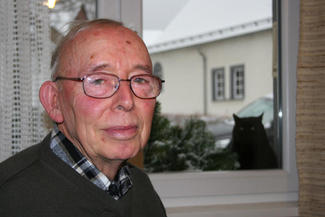
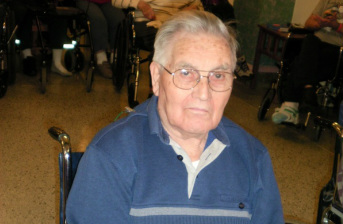
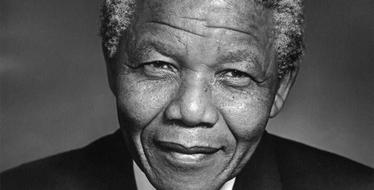
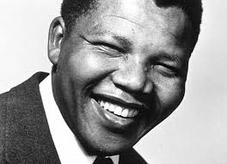
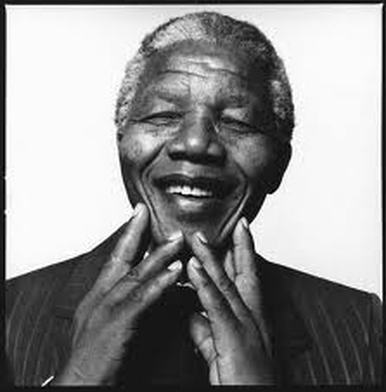
 RSS Feed
RSS Feed
